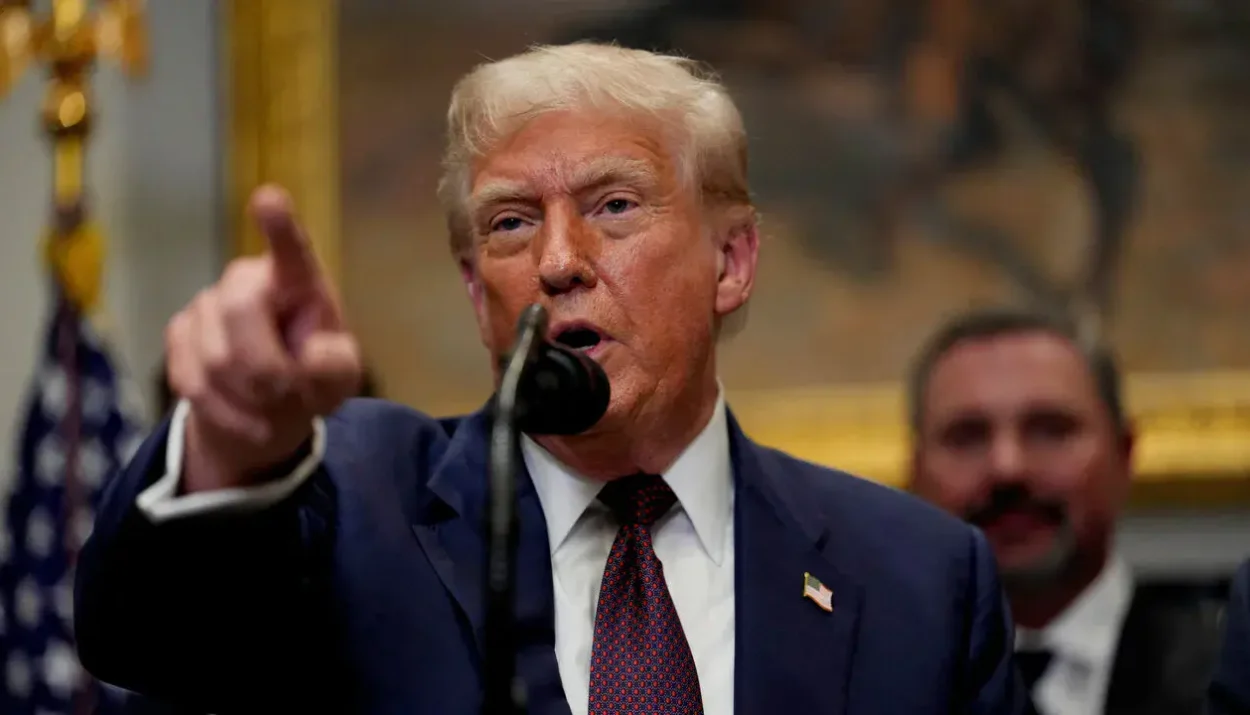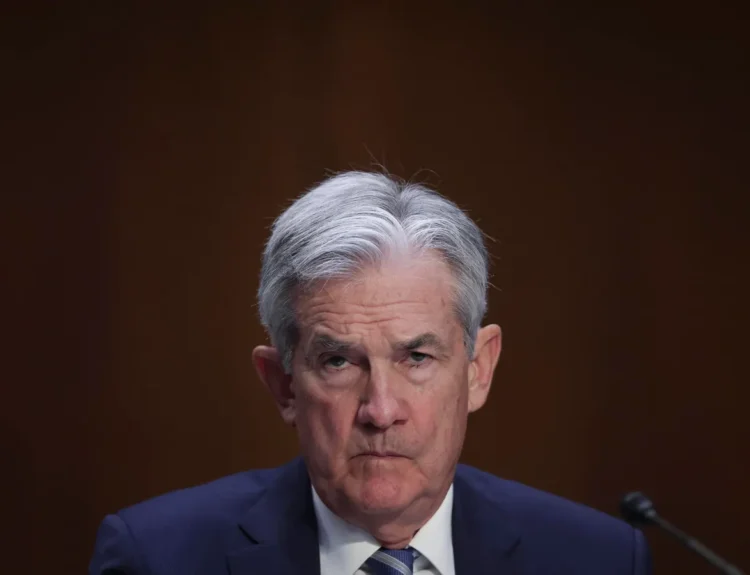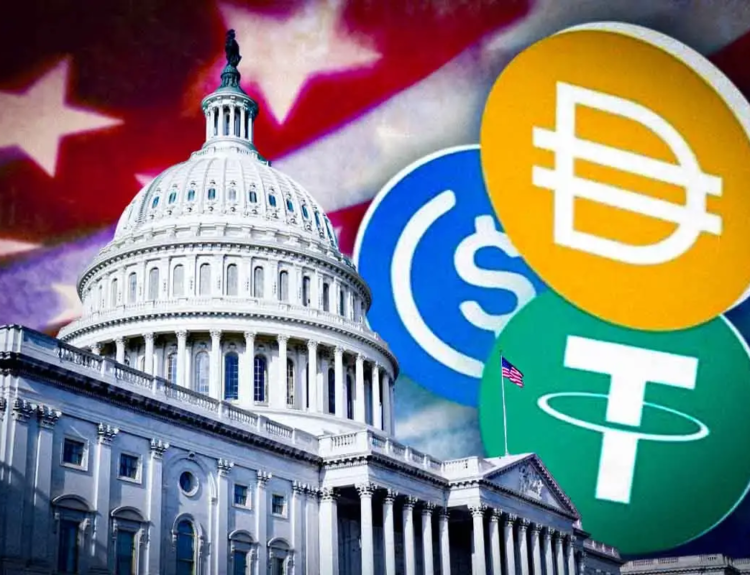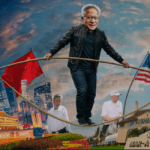President Donald Trump has bought another 90 days of breathing room in the US–China trade standoff. On Monday, just hours before a tariff moratorium was set to expire, Trump signed an executive order extending the pause on higher tariffs against Chinese imports until November 9.
The move keeps a fragile truce intact. Without it, tariffs on Chinese goods could have soared to 145%, with Trump threatening rates as high as 245% and Beijing ready to hit back with 125% retaliatory tariffs.
Chinese officials welcomed the delay, urging Washington to work toward “positive outcomes on the basis of equality, respect and mutual benefit.”
The Nvidia–AMD Factor
This latest pause comes against the backdrop of a separate, unprecedented deal between Washington and US chipmakers Nvidia and AMD.
In what trade experts are calling the “monetization of US trade policy,” both companies agreed to pay 15% of their China AI chip sales revenue directly to the US government in exchange for export licenses.
For Nvidia, that could mean up to $3 billion this fiscal year — money paid simply for the right to sell its older H20 AI chips to China. The arrangement leaves Nvidia with 85% of its China revenue, a tradeoff analysts say is still better than losing the market entirely to Chinese rival Huawei.
A New Model for Trade?
Former US trade negotiator Stephen Olson says the deal amounts to “pay-to-play” for American exporters:
“We’ve entered into a new and dangerous world where US companies must pay the US government for permission to export.”
Trump calls the H20 “obsolete” and has yet to approve exports of Nvidia’s latest Blackwell GPU unless it’s heavily downgraded. Nvidia CEO Jensen Huang is expected at the White House this week to negotiate.
Tariffs, Trade Talks, and the Stakes Ahead
The tariff truce was expected after last month’s US–China trade talks in Stockholm. Treasury Secretary Scott Bessent hinted a broader deal was in reach, saying the two sides had “the makings” of an agreement.
Still, the risks remain high. The Federal Reserve warns tariffs could push up prices in the US, while Goldman Sachs estimates US consumers have already absorbed 22% of tariff costs — a figure that could climb to 67% if new duties follow past patterns.
For now, Trump’s pause gives negotiators room to maneuver. But with tech at the center of the fight, and Washington now openly monetizing export access, the November deadline could become the next flashpoint in an evolving trade war 2.0.
Disclosure: This article does not represent investment advice. The content and materials featured on this page are for educational purposes only.
Related:
Trump’s Auto Tariffs Deliver $11.7 Billion Blow to Global Carmakers — No Relief in Sight
Inflation Data, Fed Policy Signals, and Key Earnings in Focus This Week
Trump Explodes Over Nancy Pelosi Stock Ban
Fed Governor Adriana Kugler Resigns, Opening Door for Trump
Trump Imposes New Global Tariff Rates, Effective August 7
What Happens After Tariff Deadline and What Next 72 Hours Look Like for Markets
Trump’s Tariffs Are Real, But Are His Trade Deals Just for Show?










